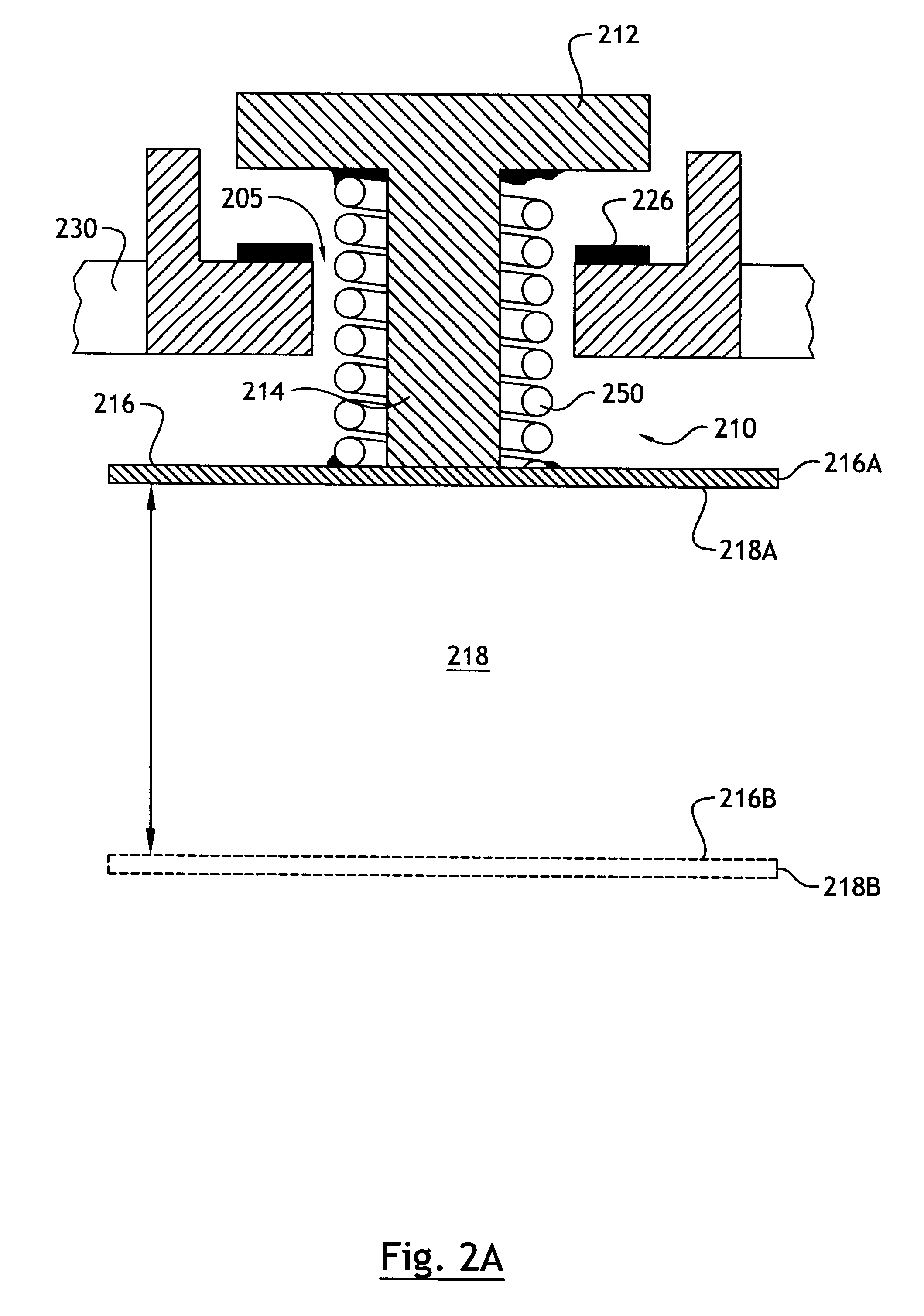Overfill protection systems for implantable drug delivery devices
a technology for protecting systems and implantable drugs, which is applied in the field of implantable drug delivery devices, can solve the problems of severe damage to the drug administration device, overfilling or overpressurization of the device, and prior art devices presenting an obstacle to further reducing the size of the delivery device and increasing the size of the reservoir
- Summary
- Abstract
- Description
- Claims
- Application Information
AI Technical Summary
Problems solved by technology
Method used
Image
Examples
Embodiment Construction
As explained in more detail below, the present invention overcomes the above-noted and other shortcomings of known systems by providing an implantable drug delivery device that incorporates a linkage system for moving a refill valve in response to movement of a surface of the reservoir, whereby the displacement of the valve is less than the displacement of the reservoir surface.
Referring to FIG. 2A, according to a preferred embodiment of the invention, a linkage system, generally referenced 210, is comprised of a collapsible link that includes a telescoping member formed by the stem 214 of valve 212 and a coil spring 250. Valve 212 is movably mounted with respect to housing 230. One end of the coil spring 250 is affixed, for example by welding or adhesive, to a surface 216 of the reservoir 218. Reservoir surface 216 is shown in a refill position 216A in which the reservoir 218 is in a collapsed position and the drug supply (not shown) contained therein is depleted. It will be unders...
PUM
 Login to View More
Login to View More Abstract
Description
Claims
Application Information
 Login to View More
Login to View More - R&D
- Intellectual Property
- Life Sciences
- Materials
- Tech Scout
- Unparalleled Data Quality
- Higher Quality Content
- 60% Fewer Hallucinations
Browse by: Latest US Patents, China's latest patents, Technical Efficacy Thesaurus, Application Domain, Technology Topic, Popular Technical Reports.
© 2025 PatSnap. All rights reserved.Legal|Privacy policy|Modern Slavery Act Transparency Statement|Sitemap|About US| Contact US: help@patsnap.com



